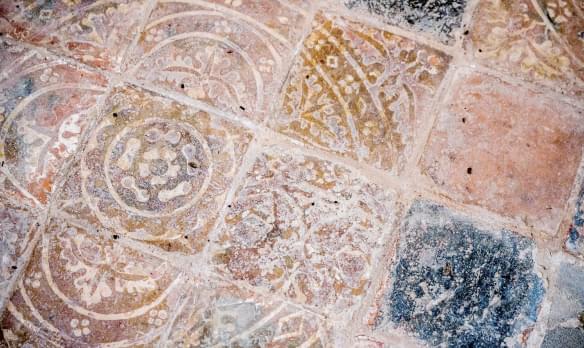
St Mary the Virgin
Richmond, Yorkshire | DL10 7AQ
Raised on a hillside above the River Swale, the history of Christian church building can be traced through the fabric of St Mary's from the 12th to the 21st centuries.
Search for a fascinating place to visit, or see the variety of churches, chapels and meeting houses we have supported.

Richmond, Yorkshire | DL10 7AQ
Raised on a hillside above the River Swale, the history of Christian church building can be traced through the fabric of St Mary's from the 12th to the 21st centuries.

Northallerton, Yorkshire | DL6 3JG
Set amid woodland in North Yorkshire, this unusual monastery is the best preserved Carthusian priory in Britain.
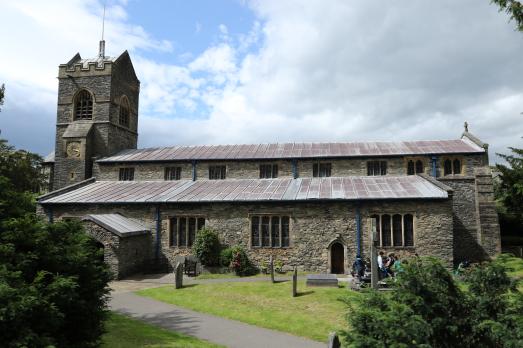
Bowness on Windermere, Cumbria | LA23 3DE
An oasis of calm in the heart of a busy tourist area.

Staveley, Cumbria | LA8 9PA
St James church is designed in Gothic style by renowned church architect JS Crowther from Manchester (he later restored Manchester Cathedral).
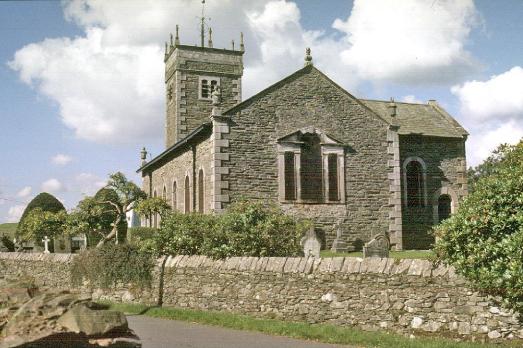
Ings, Cumbria | LA8 9PY
St Anne’s is a beautiful Grade II* Georgian church, one of the few examples from this period in the North of England.
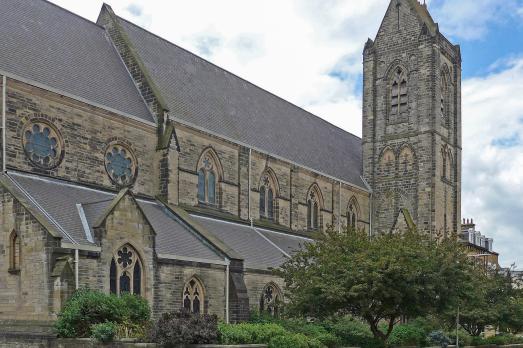
Scarborough, Yorkshire | YO11 2BT
St Martin's, designed by George Bodley and completed in 1863, is famous in the area and features excellent examples of preRaphaelite stained glass.
We have supported this church

Ingleby Arncliffe, Yorkshire | BL7 0LP
We have supported this church

Birkby, Yorkshire | DL7 0EF
We have supported this church

Hawkshead, Cumbria | LA22 0NZ
One of the oldest Methodist Churches in the world and possibly one of the most unique buildings.
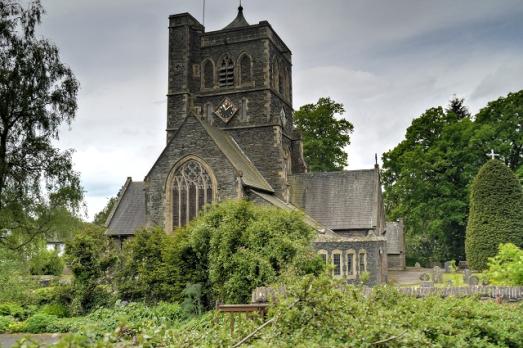
Windermere, Cumbria | LA23 1BA
St Mary's church came into being as a direct result of the coming of the railway to Windermere, just a short walk downhill from the Railway Station and in view of the Lake and magnificent fells.
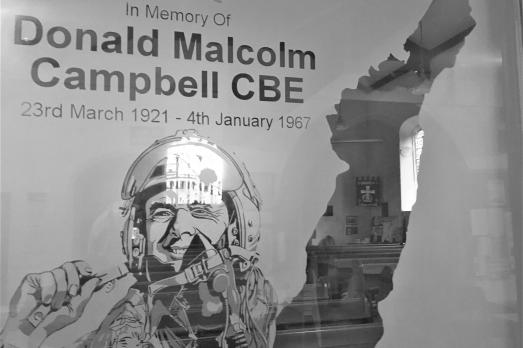
Coniston, Cumbria | LA21 8EN
In the centre of the village with fabulous views of the Coniston Old Man which overlooks Coniston Water, the church hails two local heroes in John Ruskin and Dinald Campbell.

Scarborough, Yorkshire | YO11 1HY
The church of St Mary dates from 1150. It is believed to have been built by the masons that were employed by the castle and whether this is true or not what is certain is that it is the place where they would have worshiped.